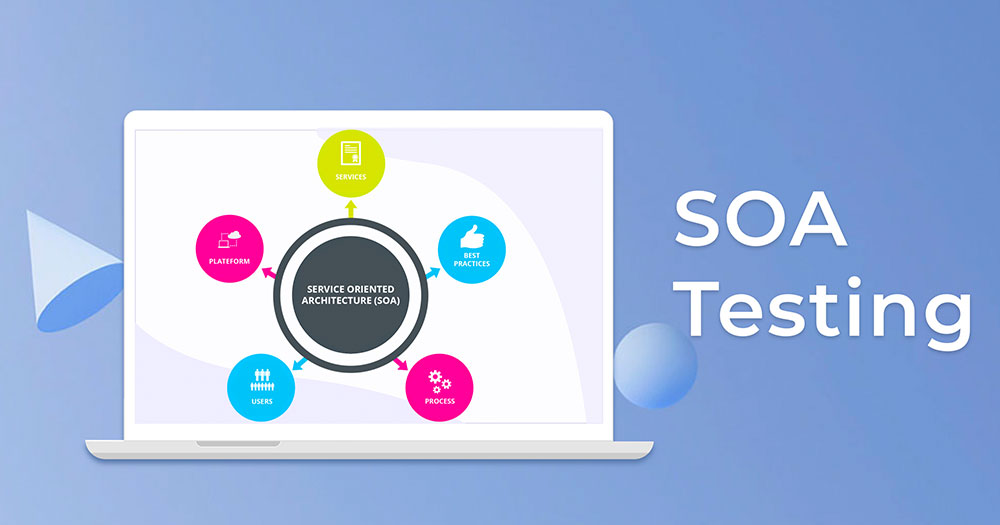What is SOA Testing?
Service-Oriented Architecture (SOA) is an architectural approach in which applications make use of services available in the network. In this architecture, services are provided to form applications through a communication call through the internet. SOA testing is conducted for the applications, which have followed the SOA.
Why We Need to Do SOA Testing?
When the software is developed with service requests or implemented with the external services, these services won’t have GUI to test manually by reviewing it.
SOA Testing with Mind Map
We are going to see a simple example with services of ERP integration and a B2B eCommerce site. The B2B business is using an ERP system already and managing their customers, products, inventory and orders without an ecommerce online website. When the ecommerce website is developed, the data from the ecommerce platform should be synchronized with the ERP. The services that need to be tested are Create Customer, Product updates, Place Order. Here, we are going to see an example of simple service with Create a Customer. The functional workflow of this service is when a customer is registered in an ecommerce website, the admin needs to approve/reject the customer. After approval, it will check if the customer does not exist, then it will be created as a new customer. If the customer record already exists, then the details of the existing customer will be updated. The below mind map shows the example of this service testing.
Benefits of SOA Testing
With the technical point of view, various properties provided by SOA are beneficial.
- Language Neutral Integration: The services can be developed in any language, without considering that you can use that with the external requests.
- Component Reuse: If a module is developed as a service in an organization, it can be used in the other products/services based on the needs.
- Easy Maintenance: Since the services are independent of each other, the services can be updated easily without worrying about breaking other parts.
- Reliability: Easy to debug small services rather than huge codes.
- Scalability: Services can run on different servers within an environment, and this increases scalability.
Disadvantages of SOA Testing
- High Investment: Need high investment to create and manage at the initial phase.
- Overhead: Increased overhead, because each and every time validation of all the parameters will be happening. In turn, this impacts the performance during heavy transactions.
References
https://www.w3schools.in/service-oriented-architecture/
https://www.geeksforgeeks.org/service-oriented-architecture/








